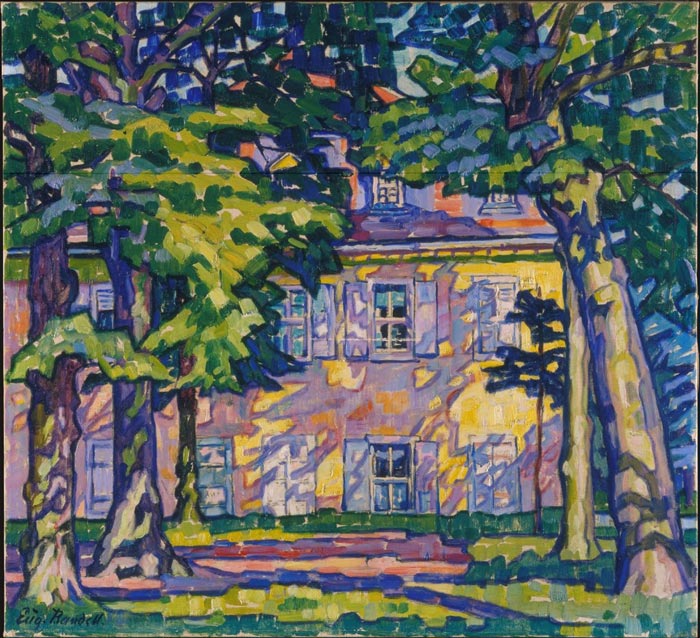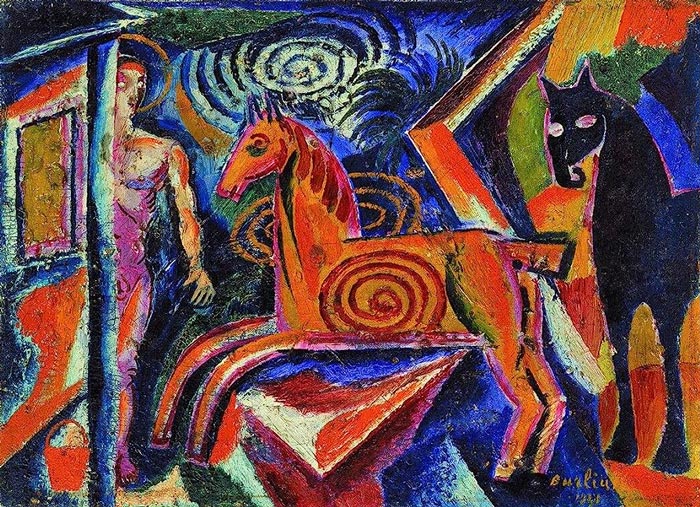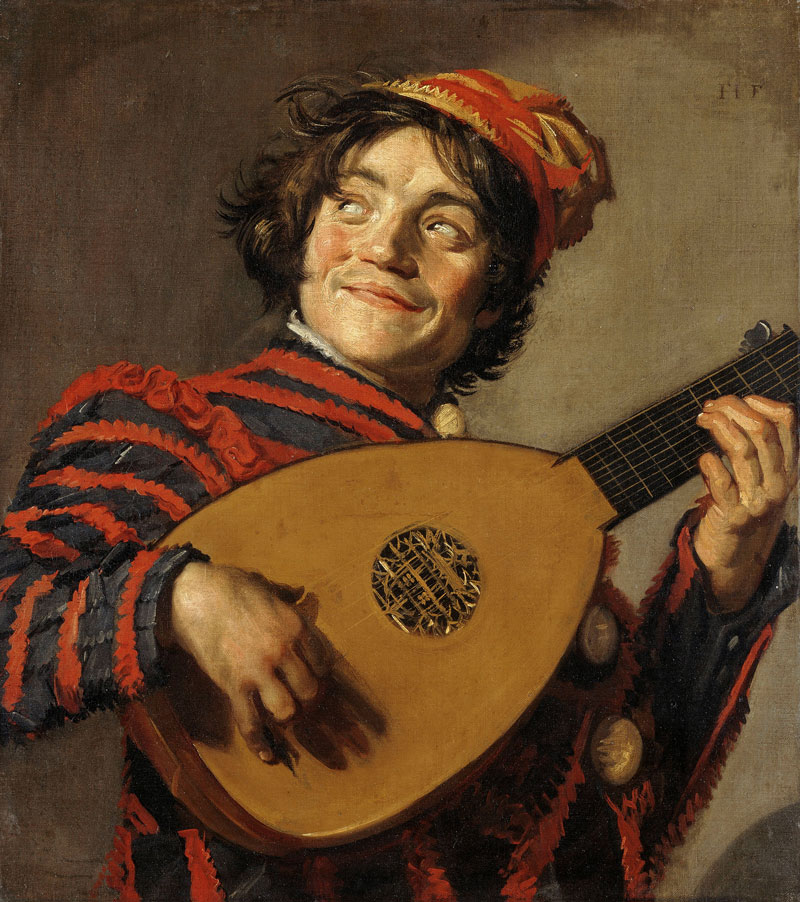Women artists take center stage at the Städel

From 10 July to 27 October 2024, the Städel Museum presents the exhibition “Women Artists between Frankfurt and Paris around 1900”
Source: Städel Museum · Image: Eugenie Bandell, Sun at Noon (Wilhelmsbad), 1913
Modernism is unimaginable without the contribution of women artists. In addition to well-known women painters and sculptors such as Louise Breslau, Ottilie W. Roederstein and Marg Moll, many others successfully established themselves in the art world during the period around 1900. Their names included Erna Auerbach, Mathilde Battenberg, Ida Gerhardi, Annie Hopf, Elizabeth Nourse and Louise Schmidt. Based in Paris and Frankfurt, they established international networks and supported one another. As influential teachers and art agents, some of them also shaped the history of the Städel Museum and Städelschule. nIt’s time to dedicate the first major exhibition to these women artists and to rediscover them. The Städel Museum presents more than 75 paintings and sculptures by 27 women artists, including Eugenie Bandell, Marie Bertuch, Dora Hitz, Inge Dinand and Marie-Louise von Motesiczky. Among them are significant artworks from renowned American and European museums and numerous works from private collections, which are exhibited for the first time. Previously unpublished archival materials accompany the works. Photographs and letters tell of international studio collectives, the strategic importance of professional artist associations, and successes, but also of continual efforts to gain recognition.
The exhibition turns the spotlight on women artists, who showed great independence by choosing art as a profession, as they were not unique exceptions in a cultural industry dominated by male “artistic geniuses”. A complex picture of the training and working situation faced by women artists in the modern age emerges from the perspective of the networks, spanning from the struggles of the trailblazers in Paris in the 1880s, to the first women sculptors at the Städel art school around 1900, to a young, self-confident generation of women artists involved with the Neues Frankfurt during the 1920s and 1930s. The stylistically very different works show the diversity of women’s positions in art and reflect the time’s radical social and aesthetic upheavals. In their works, these women painters and sculptors deal with subjects like professionalism and friendship, the representation of the human nude and conventional gender roles while commenting on their own situations. They not only took advantage of painting and drawing for this purpose but also made increasing strides into the field of sculpture, reputedly considered the “most masculine” genre in art, due to the physical exertion required as well as its technical and material demands.
Follow us on:


